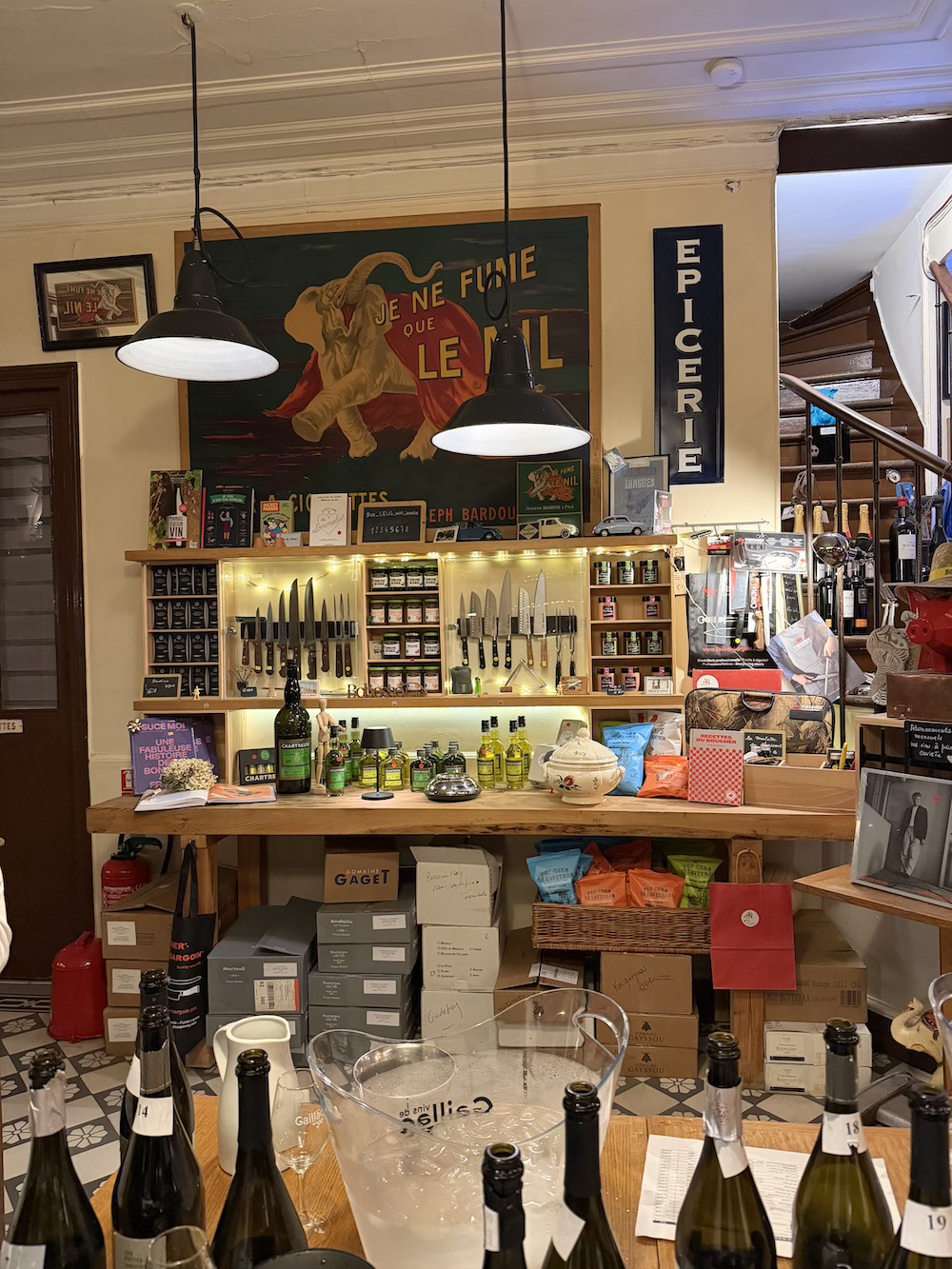
Editorial

Editorial
By Sylvain Patard - Editor in chief, posted on 02 May 2024
The time when Champagne production was limited to the basic range staples that are ‘brut’, ‘demi-sec’ and rosé is long gone.
The era when Champagne rode the crest of robust economic success – more or less in the second half of the 20th century – stoked by a constant growth in production and penetration of new export markets, is over. This was a time when a bottle of Champagne was mainly viewed as a symbol of celebration, newfound freedom and as something aspirational. Champagne as a ‘product’ became the companion of unwavering economic growth and consumers cared little about the exact provenance of the wine, how it was made, its home village or its vineyard site.
But that was then. Over the past ten or fifteen years, this has radically changed. Consumer and producer aspirations have now converged and Champagne has finally emerged as a wine in its own right, with a history, people – increasingly women – and a process. Today’s product portfolio is virtually endless, and the blends of yesteryear have almost fallen into oblivion. There are multiple levels of interpretation, ranging from the village to the vineyard block, the use or not of malolactic fermentation and a whole host of maturation styles – even solera! – or sometimes barrel fermentation. This stylistic revolution has laid the groundwork for an incredible exploration of a region which, ultimately, is as classic as it is timeless.
By Jean-Paul Burias photographs - Courtesy of the estates

Editorial

Editorial

Editorial